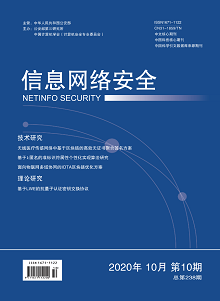With the development of the current digital economy, data sharing and protection are inevitable choices to promote the development of the economy. However, data tampering, data misappropriation, difficult supervision and other problems are easy to occur in the process of data sharing. This paper proposes a blockchain-based digital content sharing and security supervision scheme. Blockchain has the characteristics of anti-tampering, traceability, and decentralization, which can effectively prevent data tampering and theft. In order to solve the problem of supervision in the digital content sharing system, this paper proposes a double-chain model of content chain and supervision chain, which increases the flexibility and security of data management. The supervision chain supervises the transactions in the system throughout the whole process, so as to build a responsible accountability system. IPFS provides a weakly redundant, high-performance storage method. The system uses IPFS as the digital content storage module, and the combination of IPFS and blockchain technology ensures the safe storage and access control of digital content. Finally, the experimental analysis and evaluation show that the scheme is feasible.

